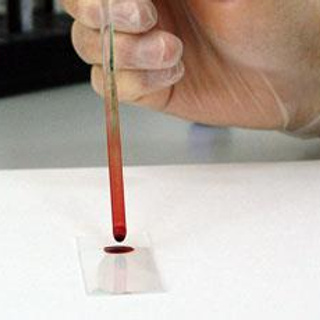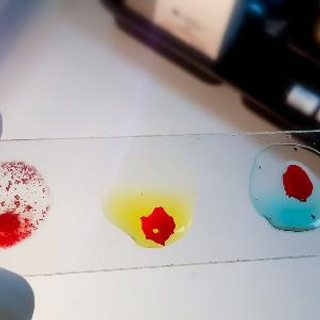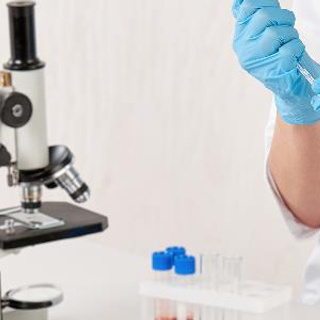Course 4. Antigen and antibody variation and antihuman globulin

About the course
Polyclonal and monoclonal antibodies are widely used in blood bank laboratory testing. Learn about the origin of different reagent antibody types and their advantages and disadvantages. You will build understanding of the impact that genetic variation across the human population has on the design and interpretation of test methods. The course also explores the manufacture and use of antihuman globulin reagents which are critical to the detection and identification of antibodies and safe transfusion practice.
A basic understanding of antigen-antibody reactions will help you maximize your learning in this course. This foundation knowledge might be gained through practical experience, pre-reading or by completion of earlier antigen-antibody courses in the ISBT eLearning series.
Course units
The course should require one to two hours to complete, and includes the units:
• Polyclonal and monoclonal antibodies
• Antigen variation, monoclonal and polyclonal antibodies
• Role of antihuman globulin (AHG)
• Manufacture of AHG reagents
Target group
This course provides education on antigen-antibody reactions at an introductory level for learners who are entering the field as laboratory technicians, scientists or clinicians and is on topics demonstrated to be of interest and importance in a range of countries.
Evaluation
Each learning unit concludes with a quiz. Each quiz question is linked to one or more learning outcomes for that unit. Quiz performance can be analysed to demonstrate which learning outcomes are being satisfactorily addressed by the educational material, or if revisions to learning content are required to support learning.
Course content source
The course content is based on the peer- reviewed publication Introduction to blood transfusion: from donor to recipient, which is available for free on the ISBT website.




















